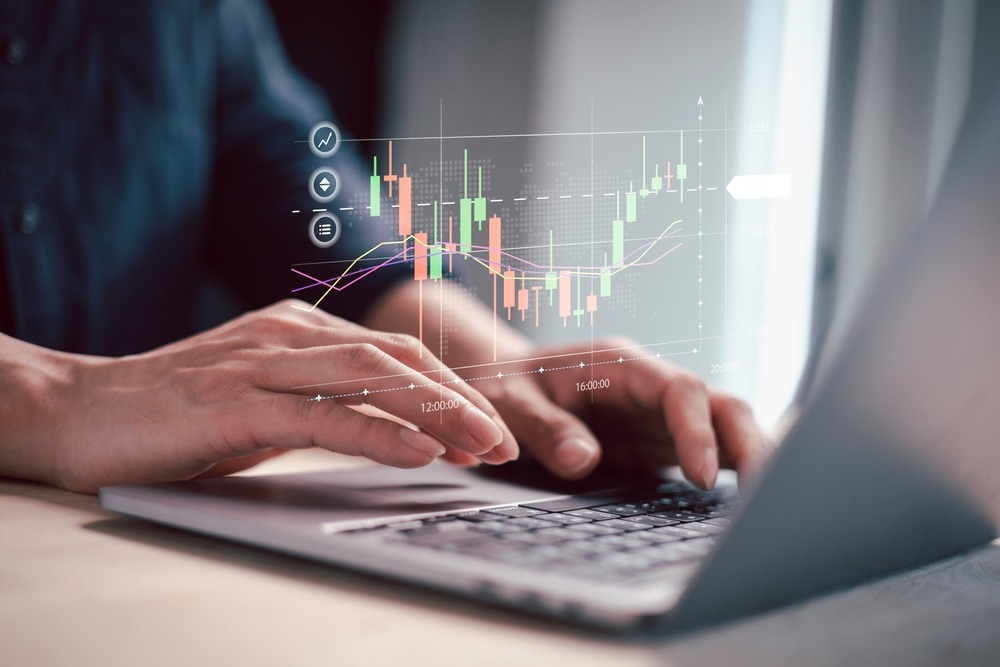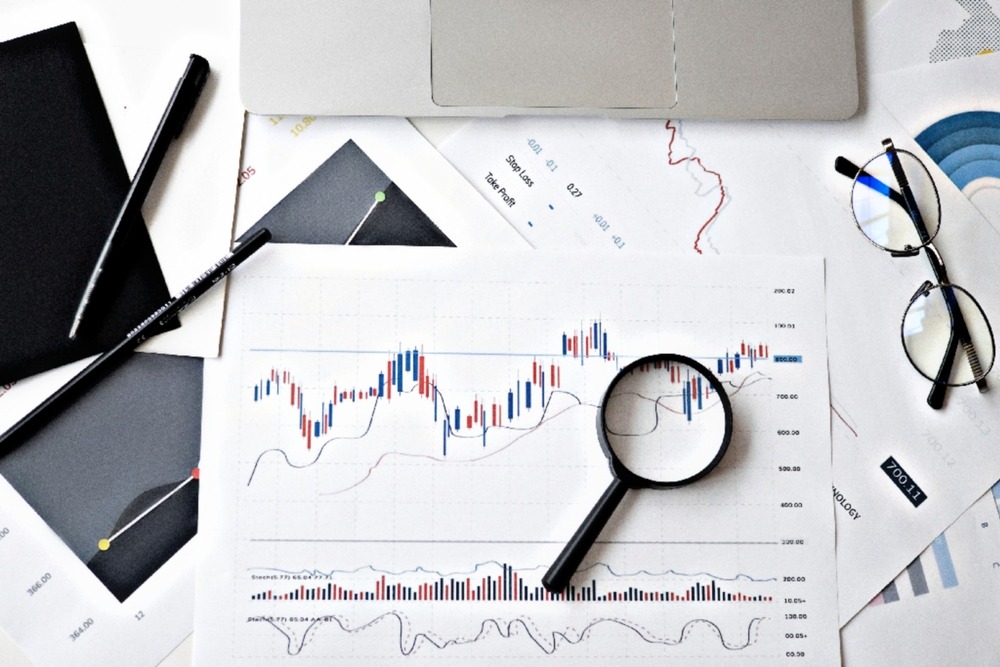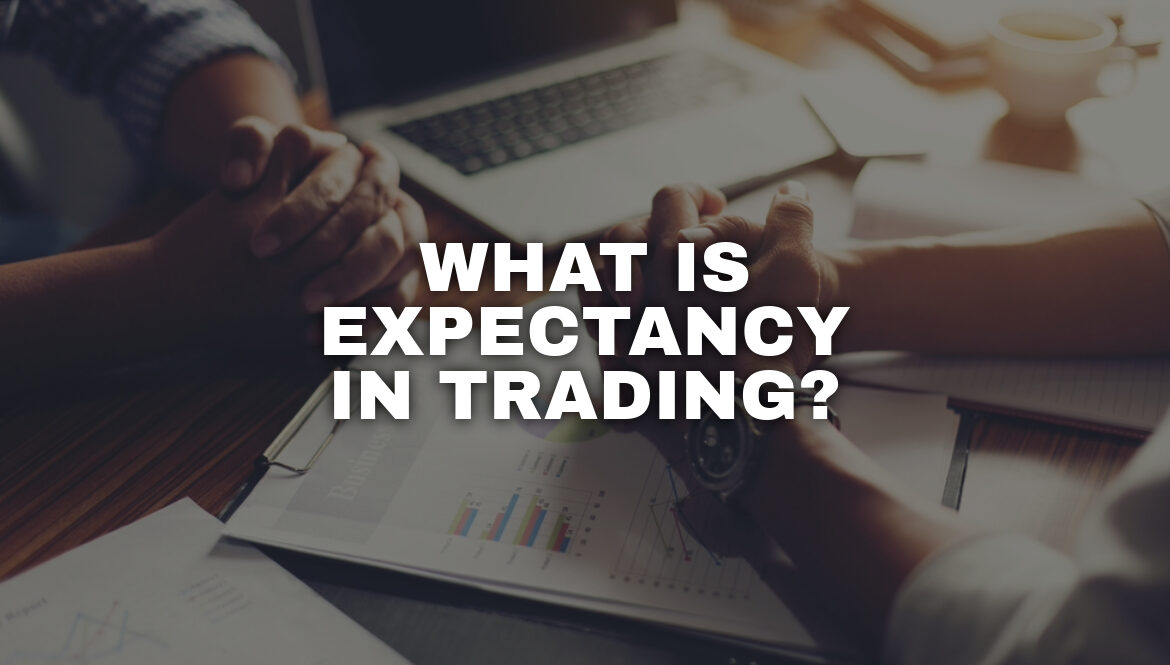Expectancy in trading is a crucial concept that helps traders understand the potential profitability of their trading strategy over time. It is a statistical measure that combines the probability of winning and losing trades with the average win and loss amounts.
By evaluating expectancy, traders can gain insights into the effectiveness of their trading strategies, make informed decisions about risk management, and set realistic expectations for trading outcomes. This comprehensive overview will delve into the intricacies of expectancy in trading, including its definition, calculation, importance, and strategies for improvement.
Importance of expectancy in trading
Expectancy is a vital tool for traders for several reasons:
Performance evaluation: It offers a clear, quantitative measure of a trading strategy’s performance beyond just the win rate. A strategy with a high win rate but small wins and large losses may have a negative expectancy, indicating it is unprofitable over time.
Risk management: By understanding the expectancy of their strategy, traders can make informed decisions about how much capital to risk on each trade. It helps in setting stop-loss orders and planning entry and exit points.
Strategy optimization: Analyzing different aspects of trading performance through expectancy can highlight areas for improvement. Traders can tweak their strategies to increase the average win size or decrease the average loss size, improving overall expectancy.
Realistic expectations: Expectancy provides a realistic projection of what traders can expect to earn from their trading activities, helping to set achievable goals and manage emotions.
Calculating and interpreting expectancy

To calculate expectancy, traders first need to gather data from their past trades, including the percentage of trades won, the average profit of winning trades, the percentage of trades lost, and the average loss of losing trades.
Using the expectancy formula, traders can compute the expectancy value. A positive expectancy indicates a potentially profitable strategy, while a negative expectancy suggests a losing strategy.
Example of expectancy calculation
Consider a trader who wins 40% of their trades, with an average win of $200, and loses 60% of the time, with an average loss of $100. The expectancy calculation would be:
Expectancy=(0.40×200)−(0.60×100)=80−60=20
This means the trader can expect to make an average of $20 per trade over time.
Strategies for Improving Expectancy
Improving a trading strategy’s expectancy is essential for long-term success. Here are several strategies traders can employ:
Enhance win rate: Focus on high-probability setups to increase the percentage of winning trades.
Manage losses: Implement strict risk management rules to reduce the average loss size. This might include setting tighter stop-loss orders or cutting losses quicker.
Optimize win size: Look for ways to let winning trades run longer to increase the average win size. This could involve using trailing stops or scaling out of positions.
Continuous learning and adaptation: The market is dynamic, and strategies may need to be adjusted. Continuous backtesting, studying market trends, and adapting strategies accordingly can help maintain or improve expectancy.
Risk-reward ratio

The risk-reward ratio is a fundamental concept in the realm of trading and investment, serving as a critical gauge for evaluating the potential profitability of a trade relative to its risk. At its core, the risk-reward ratio measures the amount of potential profit for every dollar risked. Understanding and applying this ratio is essential for traders aiming to make informed decisions and manage their portfolios effectively.
Understanding risk-reward ratio
The risk-reward ratio is expressed as a comparison between the potential loss (risk) and the potential gain (reward) of a trade. For instance, a risk-reward ratio of 1:3 signifies that for every dollar risked, three dollars are expected as a reward. This ratio helps traders assess whether a trade is worth taking, based on their risk tolerance and investment goals.
Significance of the risk-reward ratio
The risk-reward ratio is crucial for several reasons:
Risk management: It helps traders manage their risk by quantifying the potential downside of a trade and comparing it with the expected upside, ensuring that they do not expose themselves to undue risk.
Consistency and discipline: By adhering to a predetermined risk-reward ratio, traders can maintain discipline in their trading strategy, avoiding emotional decisions based on greed or fear.
Profitability analysis: A favorable risk-reward ratio is often indicative of a potentially profitable trading strategy. Traders typically look for trades with a higher reward compared to the risk, such as ratios of 1:2, 1:3, or even higher.
Portfolio optimization: Understanding and applying the risk-reward ratio can lead to more informed portfolio management decisions, helping traders allocate their capital more effectively among different trades based on their respective risk-reward profiles.
Implementing risk-reward ratio in trading strategies

While the concept of the risk-reward ratio is simple, its effective implementation requires careful consideration and strategy. Here are some tips for incorporating the risk-reward ratio into your trading:
Set clear stop-loss and take-profit levels: Before entering a trade, determine your exit points for both losses and gains. This practice not only helps in calculating the risk-reward ratio but also in maintaining discipline.
Look for high-risk-reward opportunities: Aim for trades that offer a higher potential reward compared to the risk. However, it’s crucial to balance the pursuit of high risk-reward ratios with the probability of success; higher rewards often come with lower probabilities of success.
Adjust your strategy based on market conditions: The risk-reward ratio that works in one market condition may not be suitable in another. Be flexible and adjust your strategy as needed to maintain favorable risk-reward profiles.
Use the risk-reward ratio in conjunction with other analysis tools: While the risk-reward ratio is a powerful tool, it should not be used in isolation. Combine it with other technical and fundamental analysis tools to make more informed trading decisions.
In summary, expectancy is a powerful metric in the arsenal of a trader. It provides a more nuanced view of a trading strategy’s performance than the win rate alone. By understanding, calculating, and striving to improve expectancy, traders can enhance their decision-making process, manage risks more effectively, and increase their chances of long-term success in the markets.
Remember, a positive expectancy indicates a potentially profitable strategy, but it must be coupled with sound risk management and emotional discipline to thrive in the unpredictable world of trading.
















